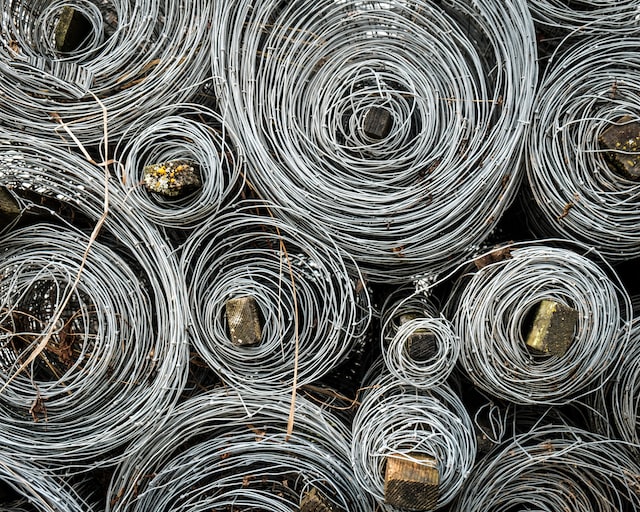The gel of the aloe vera plant is commonly used to treat sunburn, moisturize skin, and boost gut health. However, its peels are typically discarded. Recent studies suggest the potential utilization of these peels in the creation of eco-friendly insecticides intended for agricultural use.
Leading the research is Assistant Professor Debasish Bandyopadhyay from the University of Texas – Rio Grande Valley. “It’s likely that millions of tons of aloe peels are disposed of globally every year,” said Bandyopadhyay. “We wanted to find a way to add value and make them useful.”
Unveiling Nature’s Pest-Resistant Secrets:
Bandyopadhyay’s curiosity was initially sparked during a visit to an aloe vera production center with a colleague. They noticed that insects were targeting the leaves of various plants but avoiding discarded aloe vera peels. This intriguing observation motivated Bandyopadhyay to transport some of these peels to his laboratory for chemical analysis.
Researchers discovered numerous bioactive substances in the peel extracts that effectively deter insects from consuming crops.
Transforming Aloe Peels into Eco-Friendly Pest Control
To preserve the peels’ bioactivity, they were first dried in a dim, room-temperature environment with air circulation. From these dried peels, researchers extracted various insect-repelling compounds, including dichloromethane and hexane.
In addition to these potentially harmful substances, the scientists successfully isolated non-toxic insecticidal compounds such as octacosanol, subenniatin B, dinoterb, arjungenin, nonadecanone, and quillaic acid.
Nurturing Sustainability
Aloe peels are often used to enrich soil quality on aloe farms, but their decomposition releases harmful gases that contribute to climate change. On the other hand, repurposing these peels into a natural pesticide could provide valuable assistance to farmers, especially in insect-prone regions like parts of Africa, the tropical Americas, and maize/millet fields in India. This approach offers an environmentally friendly disposal method for the peels while also addressing pest issues in a sustainable manner.”







